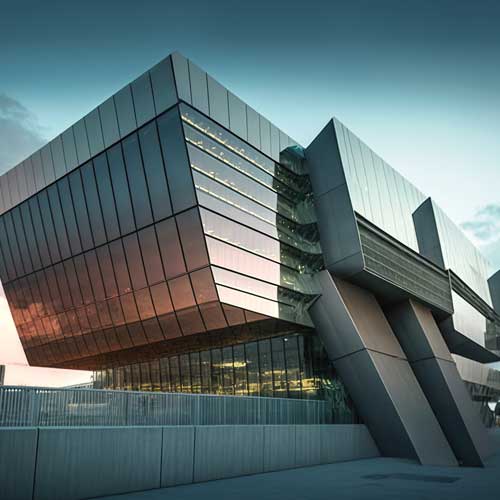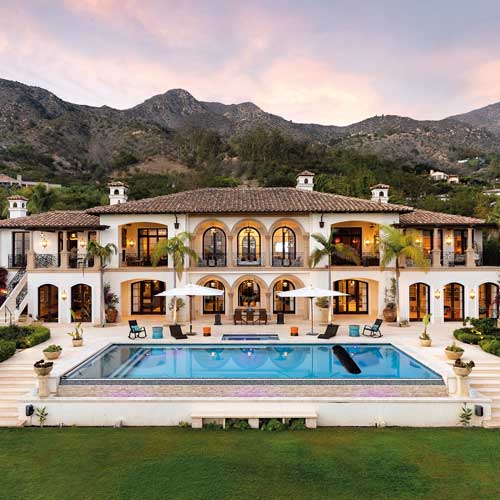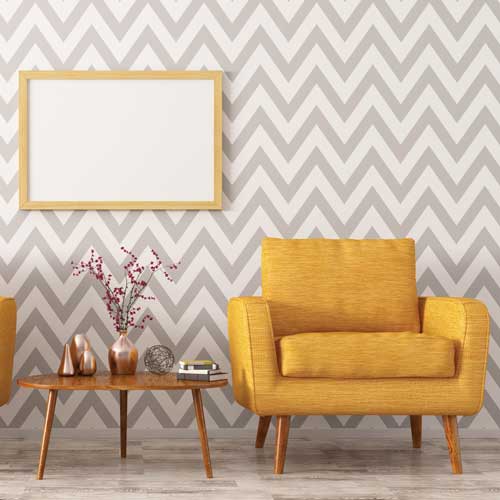A TRIBUTE TO GREATNESS
BY Nicola Jayasundera



Renowned Sri Lankan sculptor and painter Laki Senanayake is recognised for his imaginative art and design with a devotion to nature and wildlife. His art and sculpture embodies his bright and colourful persona with vivid plays of colours and patterns, and introduces his own style that intertwines with nature, light and human design.


 While chatting with his daughter Mintaka Senanayake, we gained a more personal insight into the life of one of Sri Lanka’s best-known artists. “He did things because he enjoyed what he did and loved it,” she says.
While chatting with his daughter Mintaka Senanayake, we gained a more personal insight into the life of one of Sri Lanka’s best-known artists. “He did things because he enjoyed what he did and loved it,” she says.
Creating things was Laki Senanayake’s life blood. Passionate about Sri Lanka’s architectural history, he studied the influences of the Portuguese, Dutch and British on Sri Lankan architecture and how these styles were adapted to suit a tropical island. Many of his own architectural works incorporate these elements and create his own style.
Influenced by celebrated Sri Lankan architect Geoffrey Bawa and having worked at Edwards, Reid and Begg as a draftsman, Laki portrayed his love for the natural environment with intricate details and allowed nature to add the final touches.

The culmination of that love and desire for living with nature led to the creation of Diyabubula, which is a small luxury lodge that’s nestled within a forest grown by Laki himself in Dambulla. Diyabubula gets its name from the bubbling spring that flows through the property. This was an experiment for him and he learnt to understand how water moves and how its movement can add to the ambience of his home.

His dream was to have an open-air house that completely blends with nature. At the time he moved into Diyabubula in the early 1970s, it was a simple house on stilts with a wooden floor and thatched roof. Mintaka remembers that it was a unique experience as squirrels ran around the house picking up morsels of food and birds flew through their open-air home. The thatched roof kept the house cool and beat away the Dry Zone heat during the day.

 Laki’s love for landscaping had him creating the forest that surrounds Diyabubula today. With the initial idea of farming in Diyabubula, Mintaka remembers growing chilies and onions as a child. She recalls that her father even tried to convert the land into a paddy field, which was not successful at all.
Laki’s love for landscaping had him creating the forest that surrounds Diyabubula today. With the initial idea of farming in Diyabubula, Mintaka remembers growing chilies and onions as a child. She recalls that her father even tried to convert the land into a paddy field, which was not successful at all.
Eventually, Laki settled for landscape gardening and Diyabubula became the artist’s nursery. His travels around the island allowed him to collect hundreds of different plants for his garden. He was inspired by the Sinharaja rain forest and during the 50 plus years that he called Diyabubula home, the trees that grew alongside created a mesmerising forest that protects a plethora of plants and trees that are found throughout Sri Lanka.

 He added a more personal touch to the forest by settling intricate pieces of his sculptures between the trees and set up his very own art gallery amongst the greenery.
He added a more personal touch to the forest by settling intricate pieces of his sculptures between the trees and set up his very own art gallery amongst the greenery.
Laki dug up areas on his land and flooded them to create little ponds upon which the water villas now sit. As these water villas or cabanas sit over small pools of water, there’s a unique ambience that’s created through their reflection in the water.

The structure of the cabanas has a more practical origin in addition to its aesthetic appeal. Since they are made solely using railway sleepers that have been seasoned by the elements, the water acts as a deterrent for critters such as termites and keeps the cabanas from being infested and destroyed.

 “My father was also very particular about light,” says Mintaka as she recollects his dislike of direct lighting. As such, the artist always found ways to mask this artificial light in his work so that it didn’t affect the aesthetic but added to the overall ambience.
“My father was also very particular about light,” says Mintaka as she recollects his dislike of direct lighting. As such, the artist always found ways to mask this artificial light in his work so that it didn’t affect the aesthetic but added to the overall ambience.
 “My words can’t really express the feeling that you get when you visit Diyabubula,” she adds. It’s a magical place that lives up to the esteemed artist’s aspirations to create a serene location where you can be yourself and enjoy what nature has to offer.
“My words can’t really express the feeling that you get when you visit Diyabubula,” she adds. It’s a magical place that lives up to the esteemed artist’s aspirations to create a serene location where you can be yourself and enjoy what nature has to offer.
The artist’s abode and studio are in the process of being incorporated into the Art and Jungle Lodge so that his stunning legacy of art and design will continue to live on.






